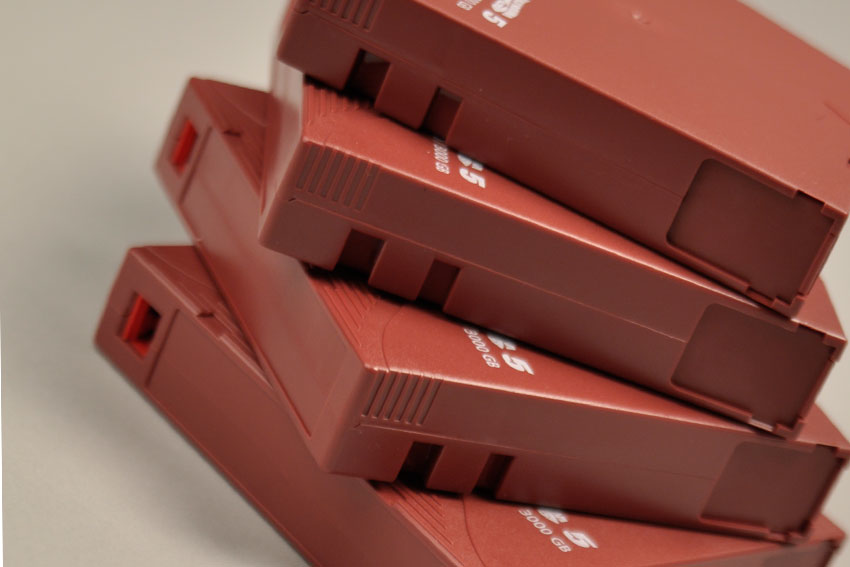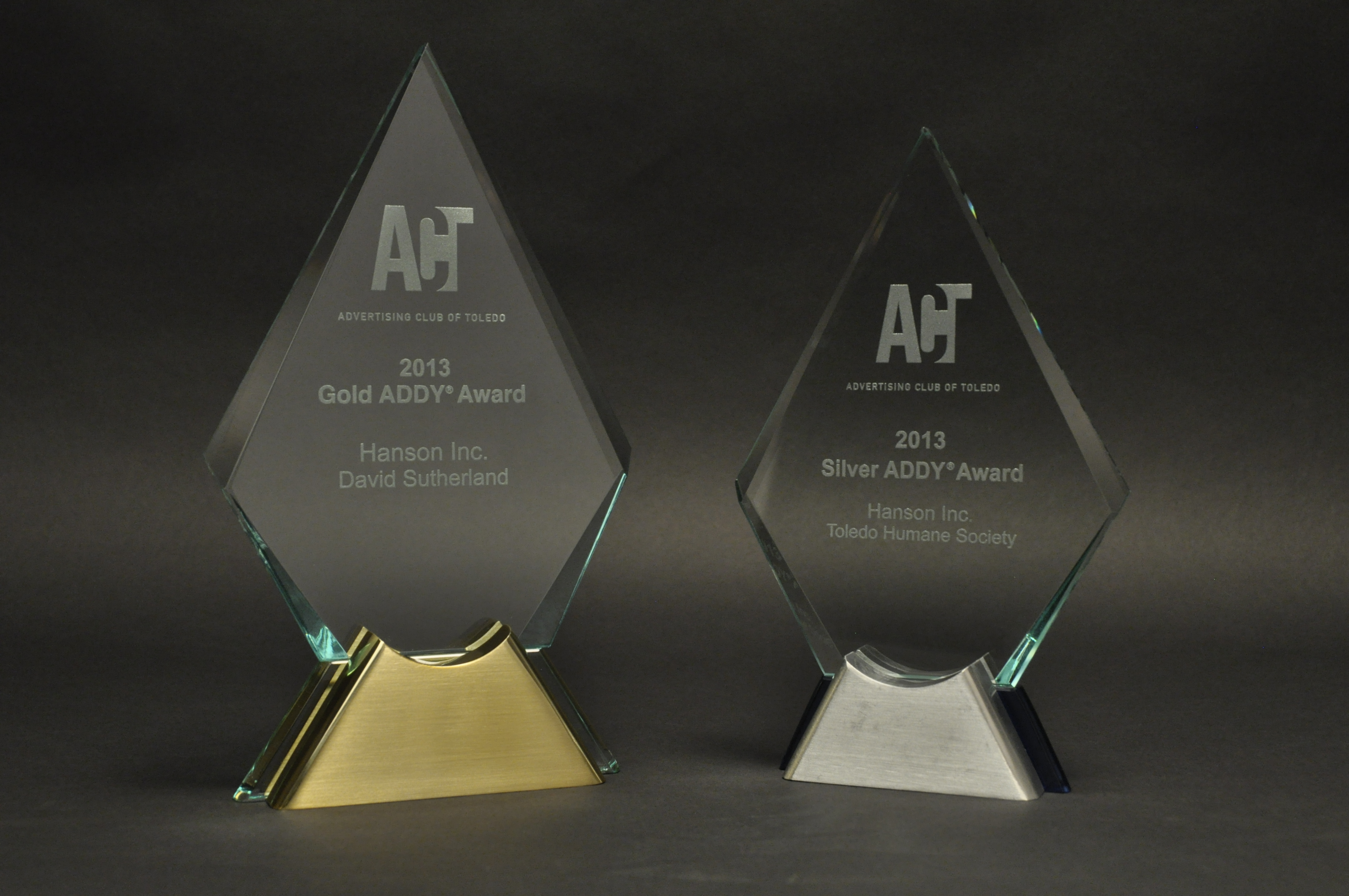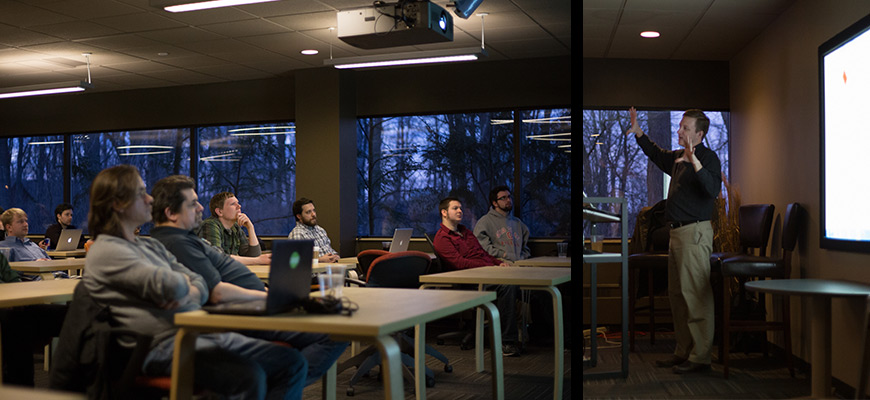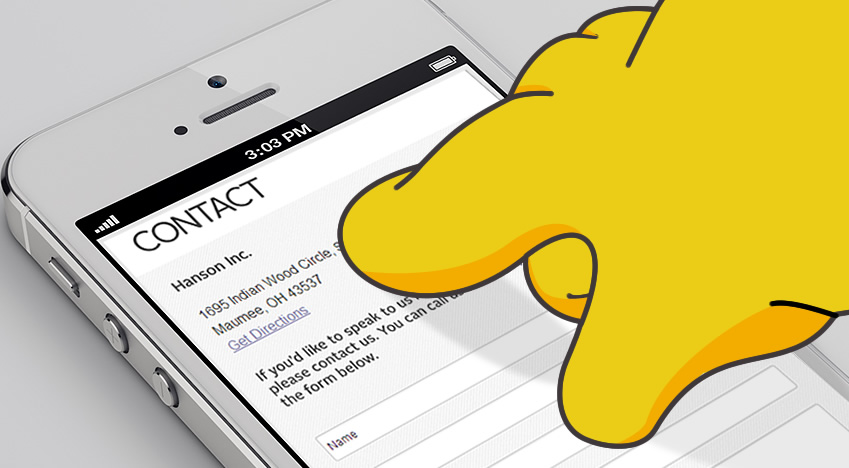The LTO Revolution for Video Storage
So you’re a video professional. You’ve been in the biz for a while now when suddenly you realize your source media, motion graphics, compressions and dailies have eaten up your multi-terabyte drive. What to do?
Consider your long term storage options.
I’ll just move it to a hard drive and toss it on a shelf.
Ok, sure, you could shelve the hard drives, but is that really economical? Not to mention the fact that hard drives fail. Who knows what could happen to all those little moving parts that need to be kept in pristine condition to function correctly?
The cloud then, that’s gotta be the answer.
Again, yes, that could work too. But do you really want to push that much data over your internet connection? It would take forever and it would eat up your bandwidth faster than Kobayashi at an all-you-can-eat hot dog buffet.
What about tape archive? That’s old technology, way too slow, and expensive, right?
Actually, no.
Why you should take a second look at tape archive.
Old is new again?
Tape is old technology (as a matter of fact, magnetic tape media has been around forever, at least as defined by the computer age). Open Reels used to record computer data as far back as 1951 with UNIVAC I. But the technology has evolved with time, and is making a resurgence in the video industry with higher capacity tapes. LTO tape now pushes a native capacity of 1.5 TB per cartridge, and up to 3 TB compressed (LTO-5), all in a little package that can be tossed on a shelf and last 30+ years (there’s a reason it’s been around forever).
But it’s slow, right?
OK, you’ve got me there. It is slower, but really not by much. LTO-5 has a data transfer rate of up to 140 MB/s. Heck, we’re averaging a full 1.5 TB in a measly 2-3 hours. That ain’t too shabby, if you ask me. You can even play video files right off a tape (trust me, I’ve done it and I could barely believe it!).
But there are proprietary tape formats depending on the software. Isn’t that a problem?
Not anymore! With the introduction of LTO-5, a new open format called “LTFS” was also introduced and has completely changed the industry. Gone are the days of choosing a vendor and proprietary format (that you’re stuck with forever!). Nowadays, as long as the tape is in the LTFS format, you can mount it on your desktop like you would a flash drive, and voila.
So this all sounds well and good, but it’s ungodly expensive, isn’t it?
There’s an initial startup cost to buy the drive, but once you get up and running, it’s really more economical than many hard disk solutions. Let’s run the numbers real quick.
With LTO-5, you’re getting 1.5-3.0 TB on a single tape (depending on compression). With an average cost of about $32 per tape, you’re looking at about 1-2 cents/GB (again, depending on compression). And the recently-released LTO-6 ups the ante even more with a larger compression buffer of 2.5:1, which means you’re looking at a compressed capacity of up to 6.25 TB on a single tape. Granted, the new technology comes at slightly higher prices, but just like LTO-5 did, prices will come down rapidly.
How to manage your tape archive.
Once you decide to go with a tape archive, you have a lot of choices about managing your archives. If you prefer simple and manual, a quick drag and drop to the drive will do the trick with a tape drive installed in your desktop. If you want something more robust and self contained, something like the 1Beyond NetDrive Pro or the Cache-A Pro-Cache5 could help. Or, if you want to go real crazy, you can implement an enterprise solution with offerings from Cache-A, Storage DNA or Quantum (to name a few). The point is, there are solutions to fit any budget and scale of project.
So, tape drives are back and they’re better than ever. And as LTO technology continues to advance, there’s even more media archive greatness coming for the future.
Have you tried it recently? What’s been your experience? I’d love to hear about how you are using LTO today.





